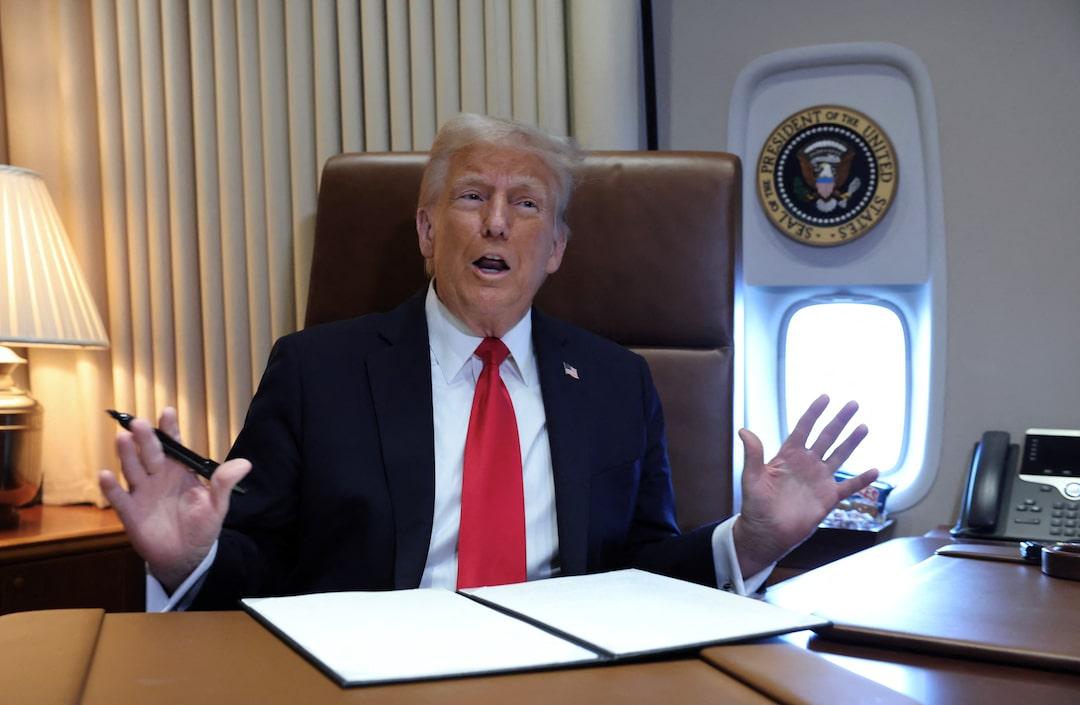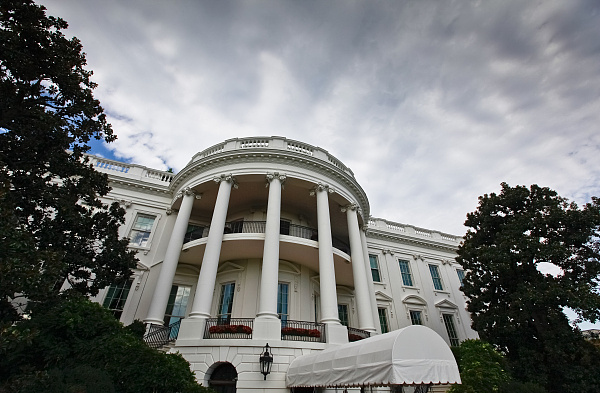
In February 2025, US President Trump once again dropped a bombshell in the field of international trade. According to multiple foreign media reports, Trump announced on February 9th that he would formally announce on the 10th the imposition of a 25% tariff on all steel and aluminum products imported into the United States. This decision not only marks a significant escalation in Trump's trade policy but also indicates that the global trade landscape will face new challenges and uncertainties.
Trump's decision did not come as a surprise. During his first term, he had already imposed tariffs of 25% and 10% on steel and aluminum, respectively, but later granted tax-free quotas to several major trading partners, including Canada, Mexico, and Brazil. President Biden further expanded the scope of tax-free quotas, including countries and regions such as the United Kingdom, Japan, and the European Union. However, the new tariffs announced by Trump will be imposed on top of the existing metal tariffs, which will undoubtedly further increase the cost of importing steel and aluminum into the United States.
While aboard Air Force One en route to New Orleans to watch the Super Bowl, Trump revealed this decision to reporters on the 9th. He stated that in addition to imposing tariffs on steel and aluminum, he also plans to announce large-scale "reciprocal tariffs" later this week. So-called "reciprocal tariffs" mean that the United States will impose tariffs on its trading partners at the same rate they impose on US goods, applicable to all countries. Trump emphasized that this measure is in response to the high tariffs imposed by other countries on US goods and is aimed at safeguarding US trade interests.
However, Trump's decision quickly sparked concern and worry globally. The largest steel exporters to the US include Canada, Brazil, and Mexico, followed by South Korea and Vietnam. As important trading partners of the US, these countries' steel and aluminum products occupy a significant position in the US market. Trump's tariff decision will undoubtedly have a significant impact on their exports and may trigger retaliatory measures from trading partners.
In fact, Trump's tariff policy has always been controversial. Supporters argue that imposing tariffs can protect domestic industries, promote the return of manufacturing, and reduce the trade deficit. However, opponents point out that tariff policies may trigger trade wars, disrupt the global trade order, and increase uncertainty in the global economy. Furthermore, tariffs may increase the cost of living for US consumers as price increases for imported goods will ultimately be passed on to them.
Historical experience shows that Trump's tariff policies have indeed triggered trade tensions globally. For example, after Trump announced tariffs on steel and aluminum in 2018, major trading partners such as the EU and China quickly took retaliatory measures, imposing tariffs on US agricultural products and industrial goods. This trade war not only disrupted the global trade order but also exacerbated economic and trade frictions between China and the US.
Now, with Trump wielding the tariff stick once again, it will undoubtedly bring new challenges to the global trade landscape. On the one hand, major trading partners of the US may once again take retaliatory measures, escalating the trade war. On the other hand, Trump's tariff policy may also prompt other countries to accelerate adjustments to their industrial layouts, reduce their dependence on the US market, and thus reshape the cost structure and competitive landscape of global manufacturing.
It is worth noting that the timing of Trump's announcement to impose tariffs is also quite sensitive. Currently, the global economy is at a critical stage of recovery, with countries striving to promote economic growth and job creation. Trump's tariff policy will undoubtedly bring new uncertainties and risks to the global economic recovery. Additionally, there are differences of opinion within the US regarding Trump's tariff policy. Some businesses and industry associations believe that the tariff policy will increase production costs and weaken the international competitiveness of US companies. Some consumer groups are concerned that tariffs will lead to price increases for imported goods, increasing the cost of living.
Trump's tariff policy not only concerns the trade interests of the US itself but also the stability and development of the global trade order. In today's globally integrated economy, no country can stand alone. Therefore, countries should strengthen communication and cooperation to jointly maintain the stability and development of the global trade order. Resolving trade disputes through dialogue and consultation and promoting the establishment of a fairer, more reasonable, and stable global trade system is the right path to achieve common development and prosperity for all countries.
Trump's decision to impose a 25% tariff on all steel and aluminum imports to the US undoubtedly brings new challenges and uncertainties to the global trade landscape. However, in the face of this decision, countries should remain calm and rational, resolve trade disputes through dialogue and consultation, and jointly maintain the stability and development of the global trade order. Only in this way can we achieve common development and prosperity for all countries.

Below is the English translation of the text, with precise handling of political terms, consistent sentence structures, and preservation of the original’s analytical tone and logical flow:
Below is the English translation of the text, with precise …
On December 15 local time, Trump took the British Broadcast…
In recent years, the application of artificial intelligence…
According to Yahoo US media reports, the recent remarks of …
After 11 years of waiting in the deep sea, we finally have …
On December 17, 2025, the newly renovated American "Preside…